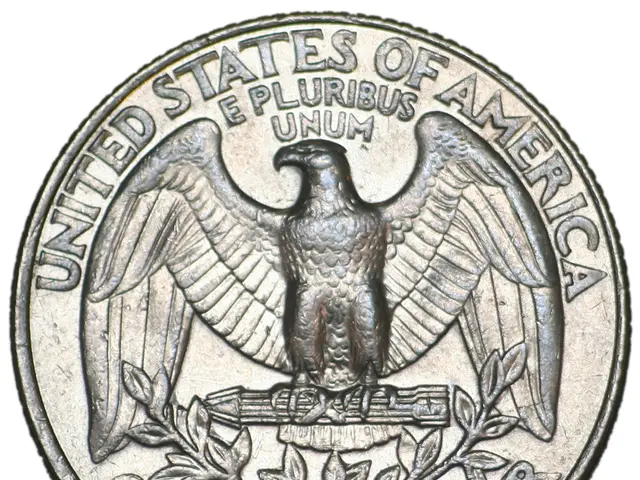Tether CEO, Paolo Ardoino, Discloses Perspective on USDT's Impact on Reinforcing Dollar Hegemony and World Finance Stability
Tether, the world's largest stablecoin by market capitalization, reported key performance metrics on May 31. According to Tether CEO Paolo Ardoino, the digital currency has a market cap of $153.1 billion, with a daily trading volume of $31 billion. An estimated 429 million users worldwide hold the stablecoin, underlining its widespread reach and central role in digital remittances, savings, and cross-border payments. The CEO noted the stablecoin's user base had grown by 10% during Q1 2025.
Tether operates on several blockchain networks, with significant shares on Tron and Ethereum. On Tron, around $76 billion in Tether is active, while Ethereum holds $72 billion. Daily transfers on Tron exceed $17 billion, and Ethereum handles $7.74 billion. Transfer fees vary by network, with Tron averaging $0.64 and Ethereum averaging $0.28.
The company reported holding $119 billion in U.S. Treasury debt in Q1 2025. If ranked as a country, Tether would be the 19th-largest U.S. Treasury holder. The link between Tether and U.S. dollar assets underscores the stablecoin's integration with traditional finance. Tether has collaborated with over 230 law enforcement agencies globally, including the FBI and Secret Service. In more than 1,000 cases, it assisted in freezing $2.5 billion in assets, with $1.1 billion related to U.S. law enforcement efforts.
Tether is grappling with regulatory challenges in the United States, primarily due to evolving stablecoin legislation, concerns about reserve audits, and questions regarding political affiliations and conflicts of interest. To navigate this landscape, the company is increasingly focusing on emerging markets, such as Africa, Latin America, and Southeast Asia, where stablecoins like USDT can provide a hedge against local currency instability. This strategy aims to increase financial inclusion by serving unbanked populations.
Tether is preparing to comply with the proposed Genius Act, which may set new standards for stablecoin issuers. The company is open to issuing a separate stablecoin tailored to meet U.S. regulatory requirements. Tether also plans to undergo a full audit of its reserves by a Big Four accounting firm, moving beyond its current practice of quarterly attestations. These efforts are part of an effort to address ongoing concerns about reserve transparency and compliance.
- Tether, the world's largest stablecoin by market capitalization, is preparing to comply with the proposed Genius Act, aiming to set new standards for stablecoin issuers.
- In an effort to increase financial inclusion, Tether is focusing on emerging markets where stablecoins like USDT can provide a hedge against local currency instability, serving unbanked populations.
- Operating on various blockchain networks, including Ethereum, Tether's daily transfers exceed $17 billion on Tron and $7.74 billion on Ethereum, with transfer fees averaging $0.64 on Tron and $0.28 on Ethereum.
- Tether reported holding $119 billion in U.S. Treasury debt in Q1 2025, equating to being the 19th-largest U.S. Treasury holder if considered as a country, underscoring the stablecoin's integration with traditional finance.
- The company has collaborated with over 230 law enforcement agencies globally, including the FBI and Secret Service, and has assisted in freezing $2.5 billion in assets, with $1.1 billion related to U.S. law enforcement efforts. Users worldwide hold an estimated 429 million Tether tokens, highlighting its widespread reach and central role in digital remittances, savings, and cross-border payments.






